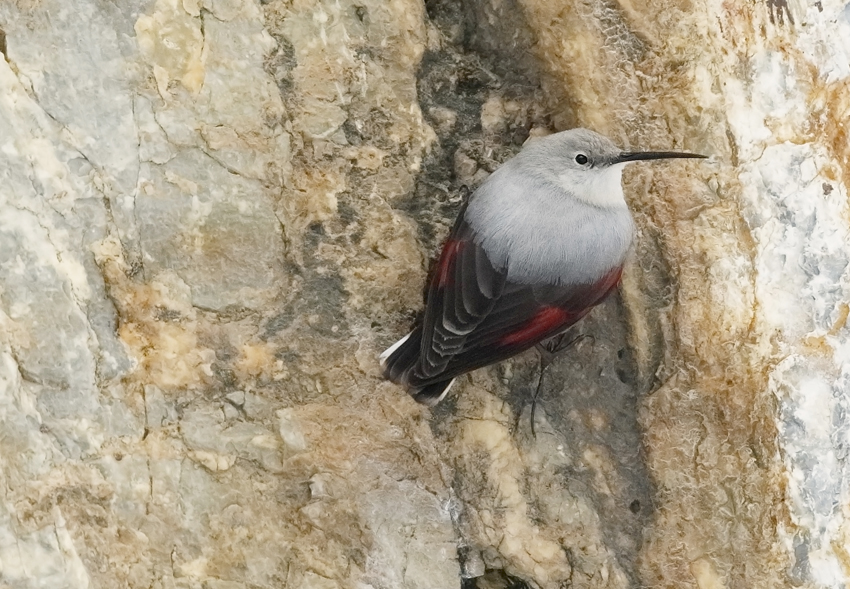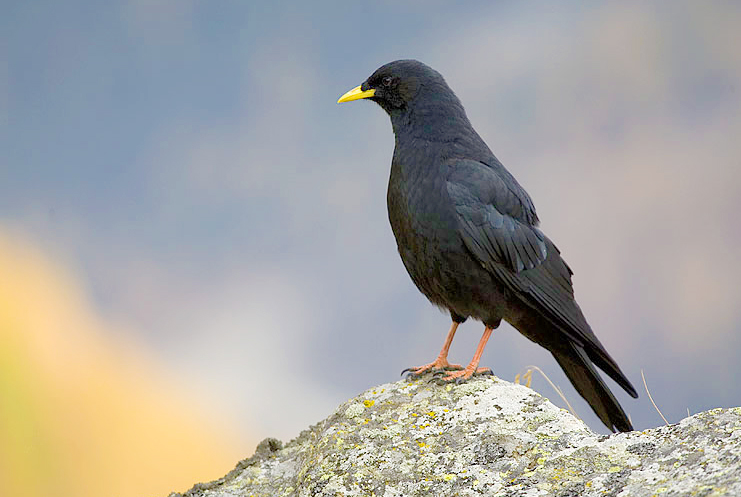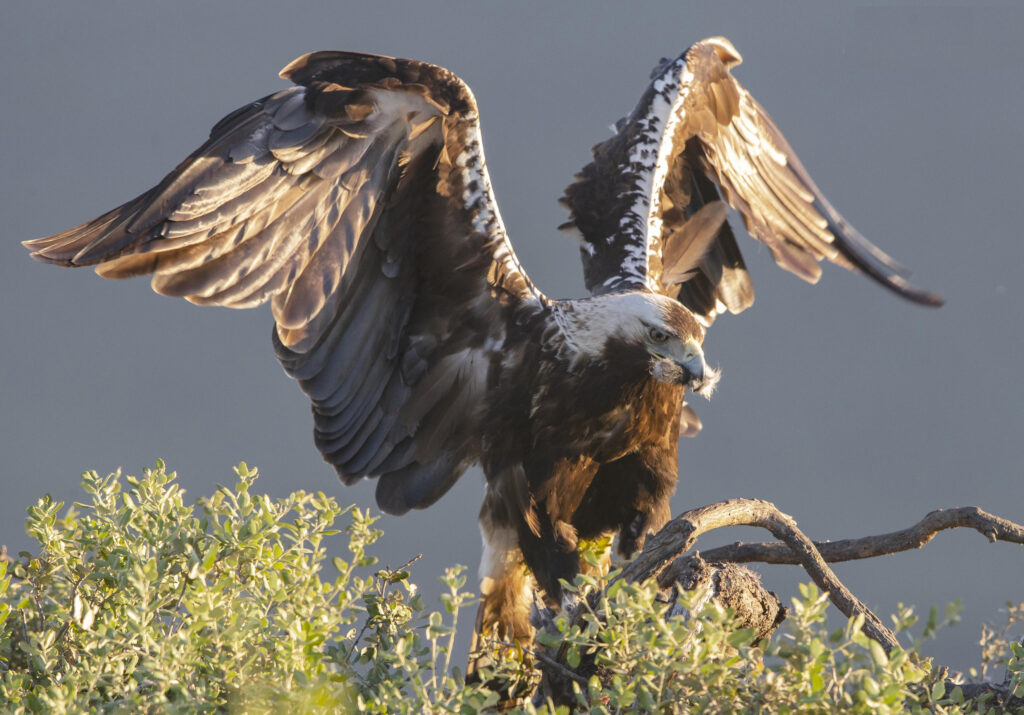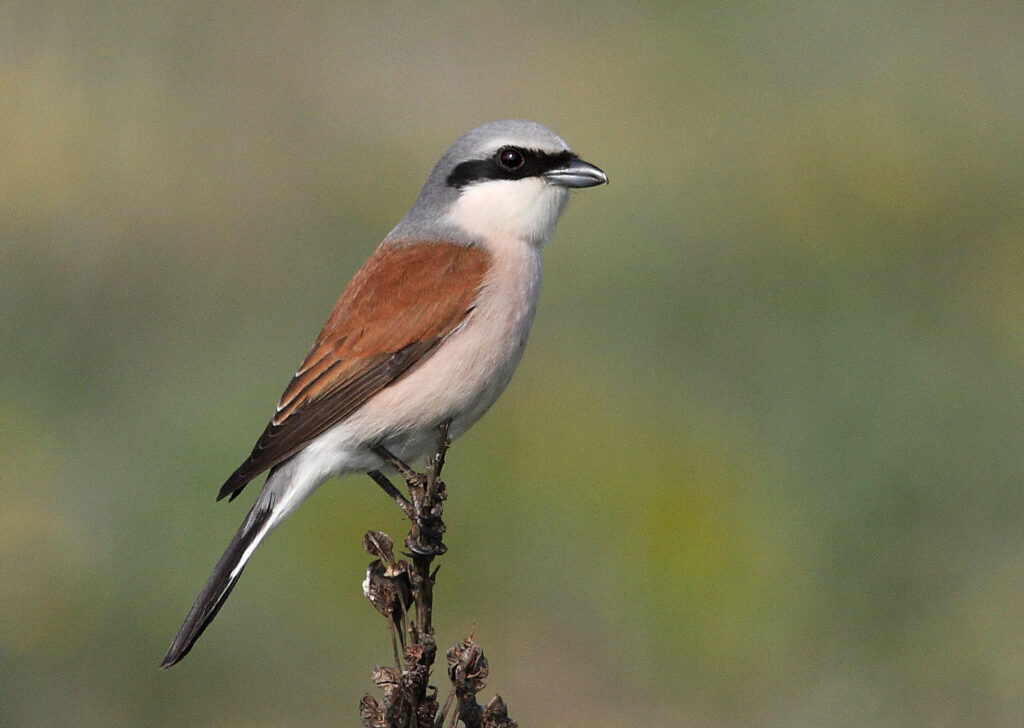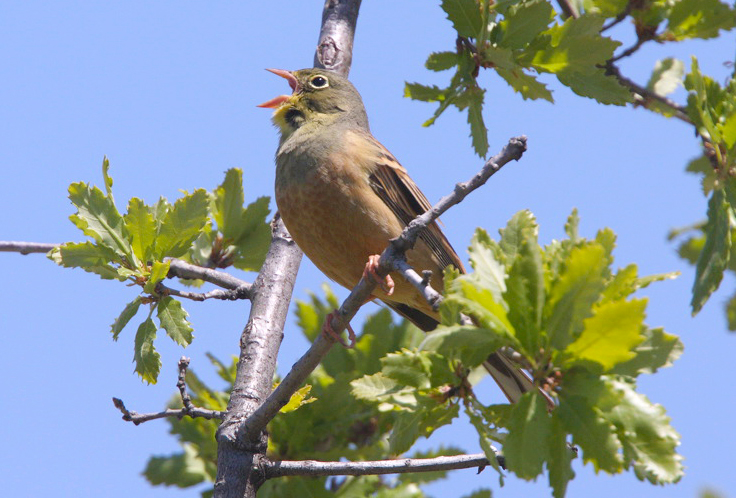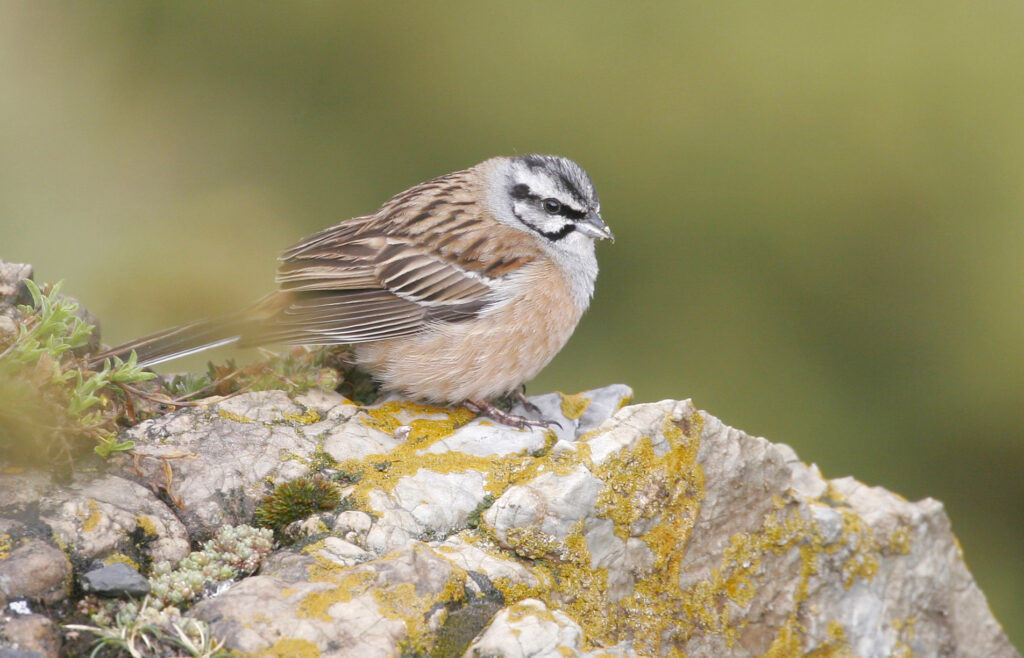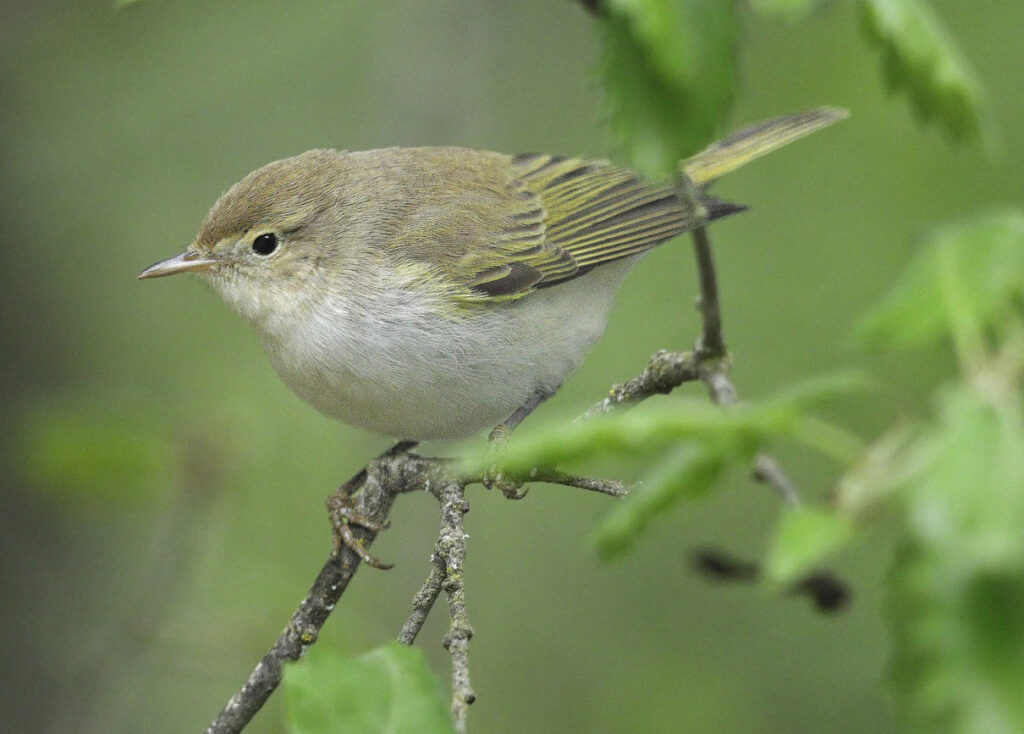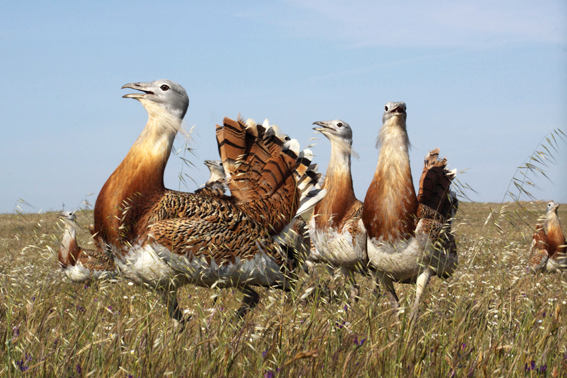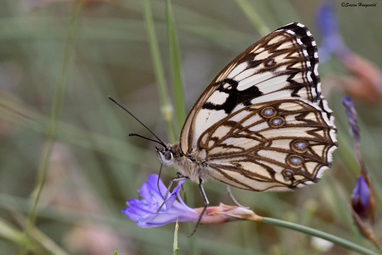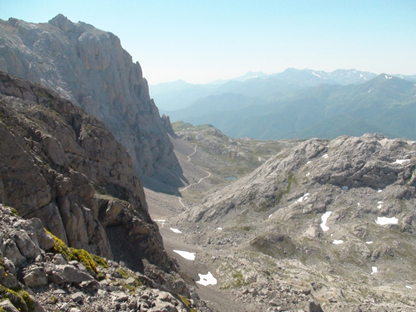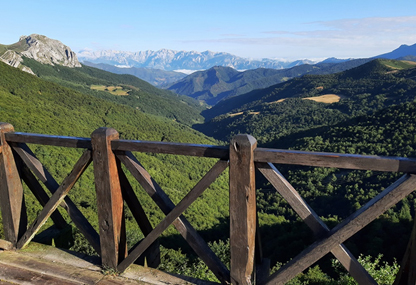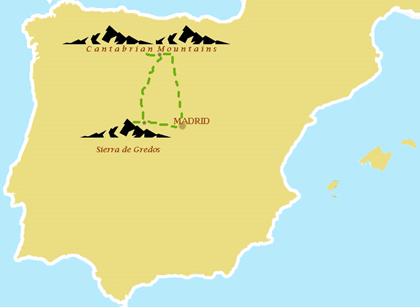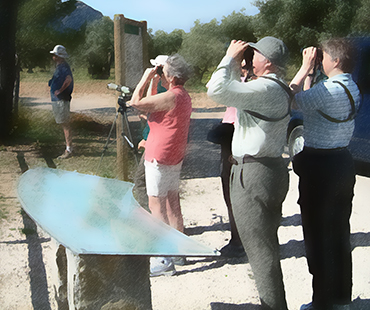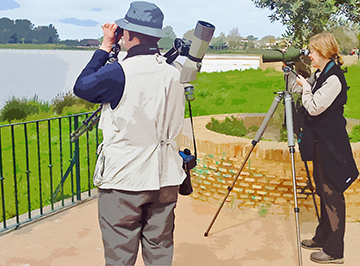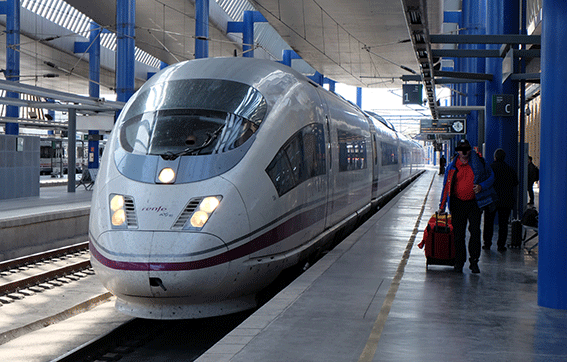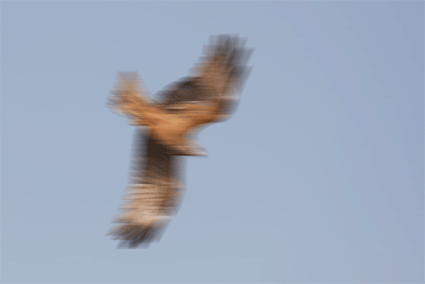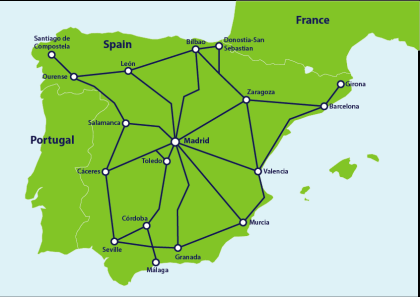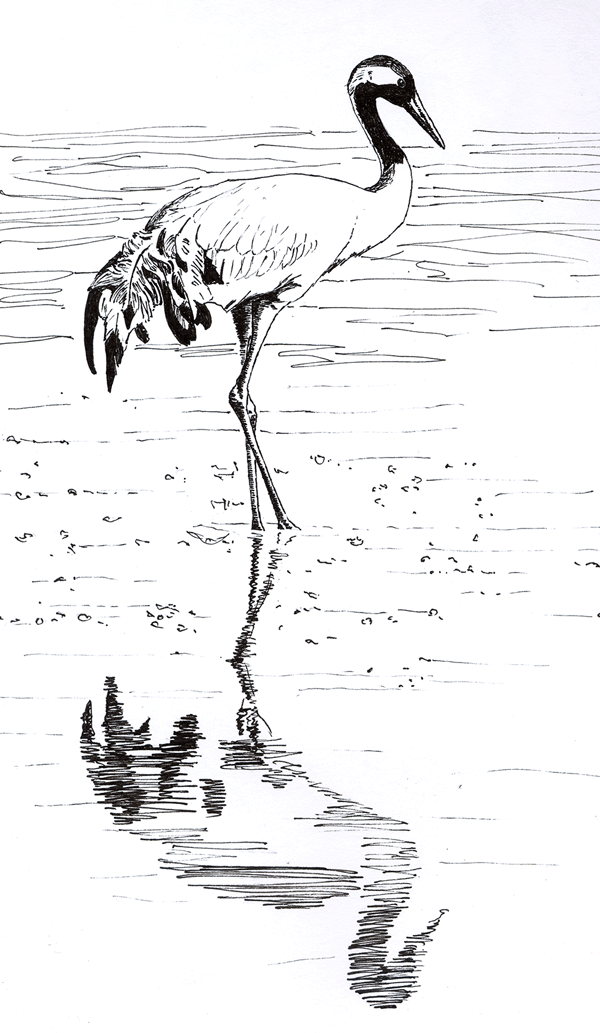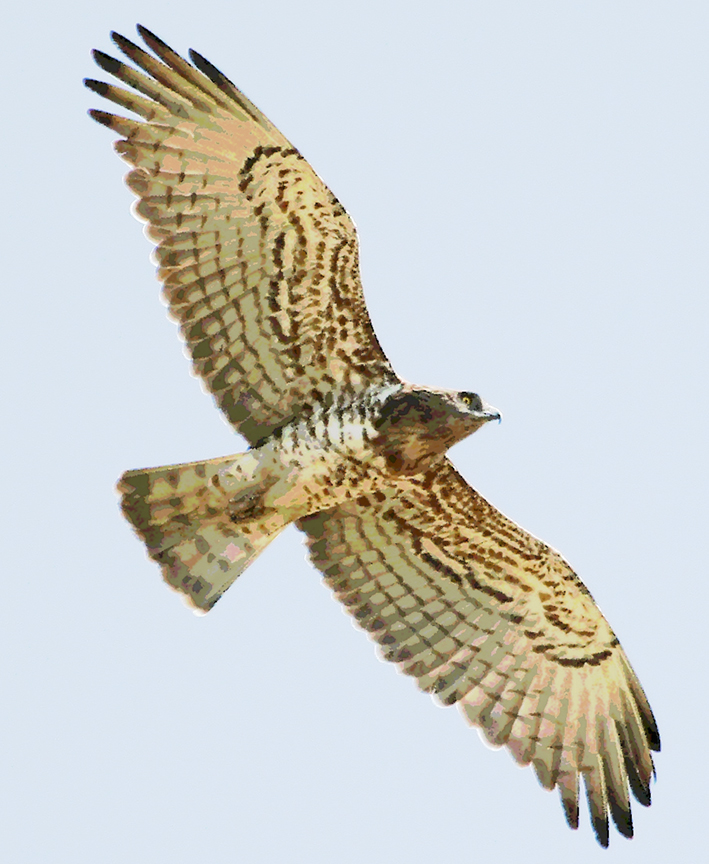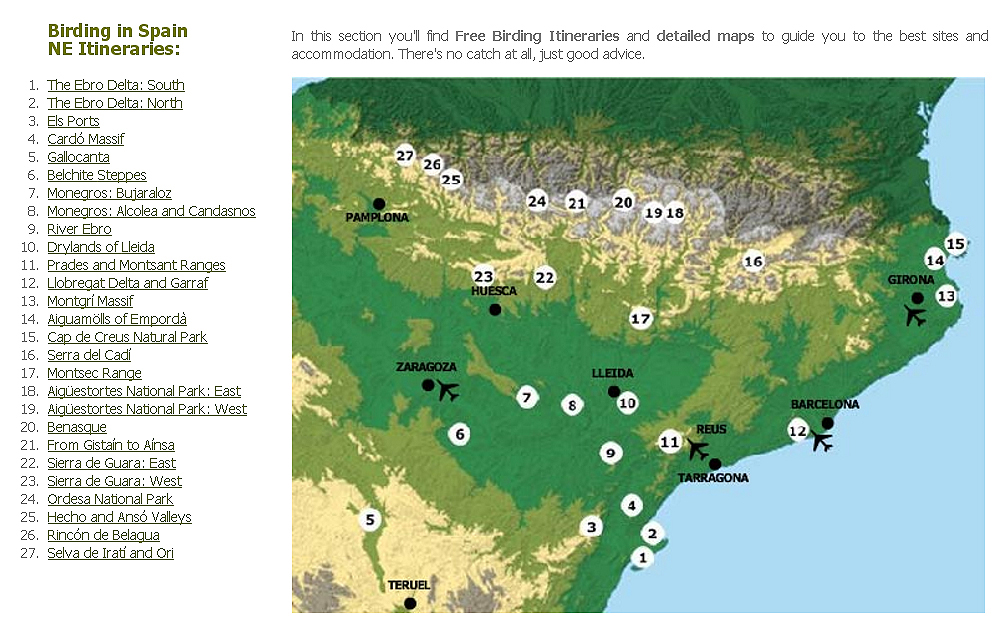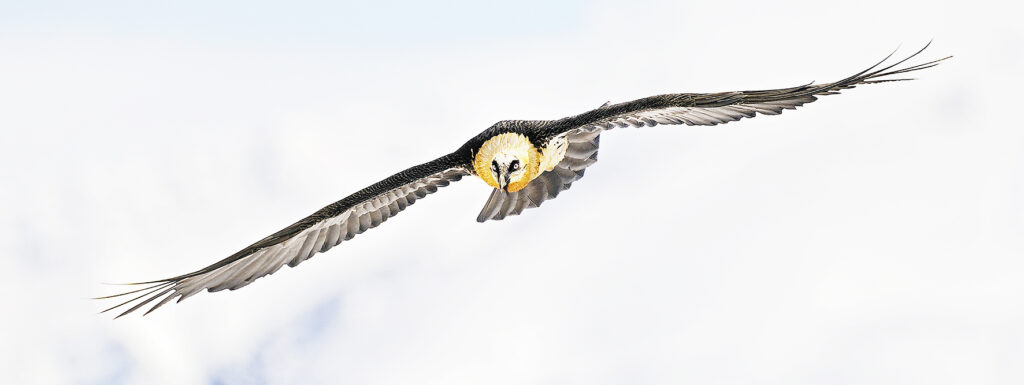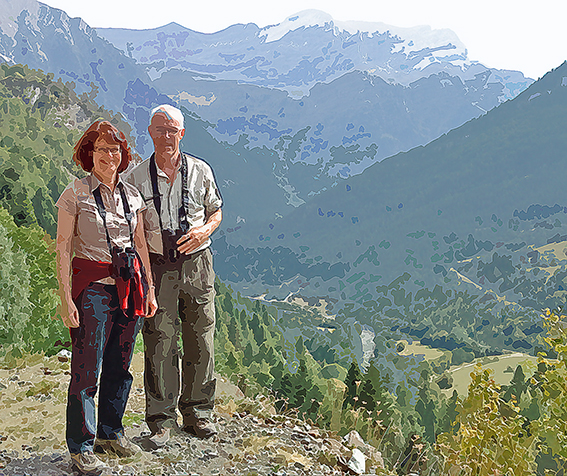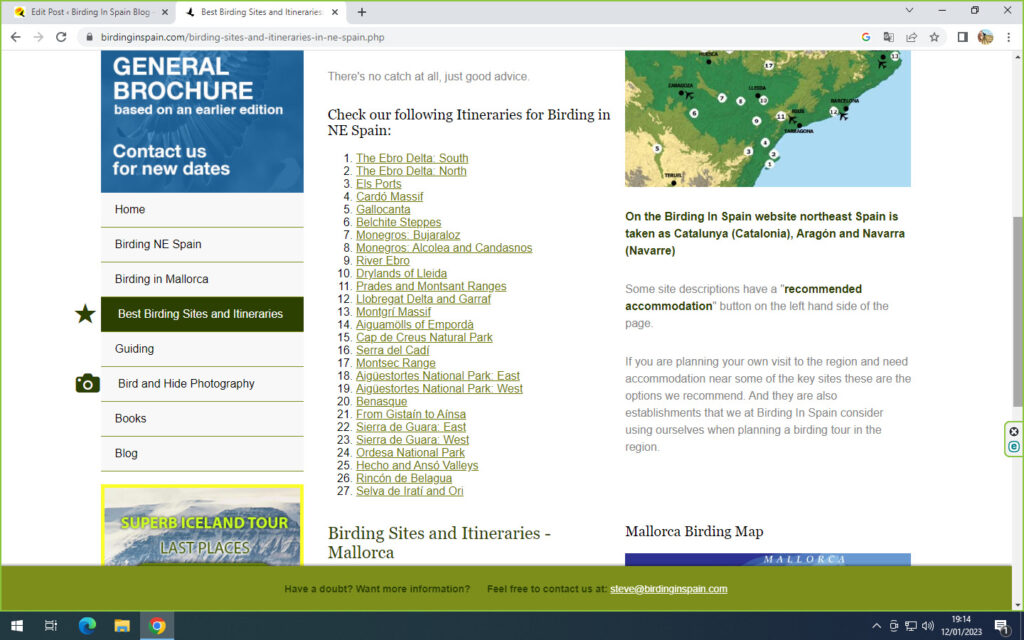Gekko Art
What is art? What is Gekko Art?
Some photographers are gifted with both the vision and the technical craft needed to materialize that vision, along with the doses of luck and charm that often influence those key moments that they manage to capture.
They are few, however. Without going into names, of the dozens of wildlife photographers who I have met, I can think of half a dozen or so…
Others – most of the rest – have very good technical skills and knowledge; they can interpret the light and the way that it interacts with the bird and the landscape, but they don’t come with the clear image in their mind of the photograph that they want to take.
I’m not a photographer – I’ve never been able to afford the time or the expense. My forte is that I know the birds: how they move, how they behave, where they go, what they do, how they interact with sky, water, trees, grass, rocks and more. I have little technical know-how as far as photography is concerned, but I know when an image or a photograph really captures that ethereal conjuncture, elements which fleetingly resonate at just the right frequency to create a new whole.
That’s why I’ve dedicated some time to looking at many bird photos photographers have shared with me, and taken the liberty to “tinker” with them on Photoshop. Again, my technical know-how is limited; perhaps my only skill is in recognising the juxtaposition of the image that I am seeking when it suddenly appears before me after much rumaging around with filters and settings.
Anyway, these are some of the results. There is no spirit of apology for calling it art because I have uncovered a vision that would have otherwise gone unnoticed; a vision that only I have seen. There is no spirit of arrogance in it, because I make no attempt to hide the fact that my contribution is only a small part of the chain, and that my tinkerings would be impossible without the foundations first laid down by the very capable photographers.
Art or not, whatever you think, I’m sure that you must share at least a fraction of the sense of awe and admiration that I have for the beauty of birds.
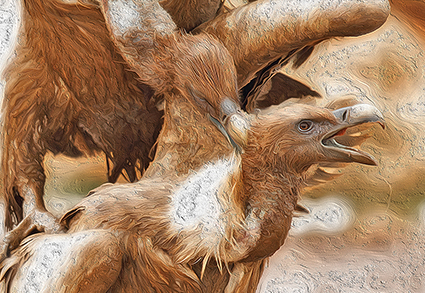
Griffon Vultures by Ozlem
The wealth of social interactions that flocks of Griffon Vultures offer at feeding stations is quite unique. Get past the superficiality of “ugliness” and “vulgarity” and look them in the eye as they do the same to each other.
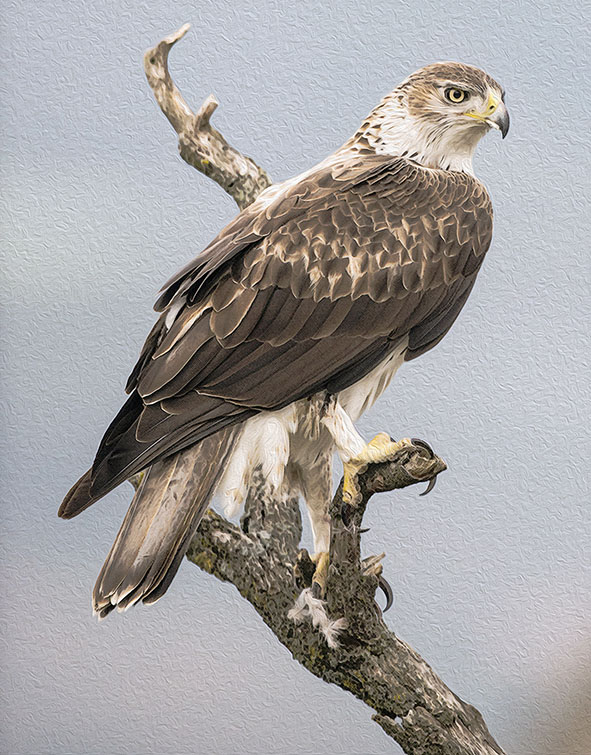
Bonelli’s Eagle by Jari
Bonelli’s Eagles stand alone, and often for a long time! I’ve watched these birds sitting in one place, seemingly doing nothing, for over an hour. However, when the vultures intrude on their territory they do not hesitate to launch a fierce aerial attack. I’ve seen these eagles do similar, although the stress showed by their breaking of their habitual silence, when a Golden Eagle flew into the heart of their territory. It didn’t stay long.
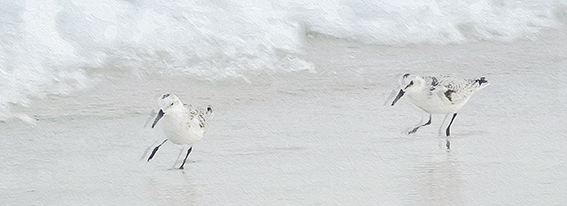
Sanderlings scurrying along the wave front.
What an intense way of life! Constantly scurrying between the breaking waves to pick up tiny morsels of food that only these birds can see, let alone catch. Their ceaseless to and froing follows the rhythm of the waves.
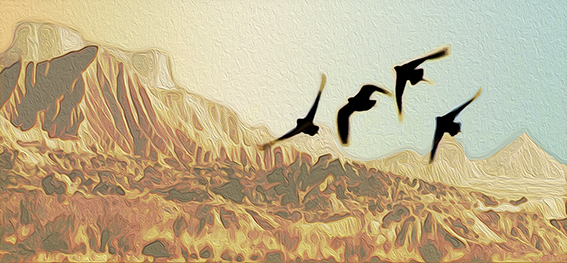
Pin-tailed sandgrouse take to flight in the Bárdenas Reales
Listen.
Good night. I’ll be back with more.

